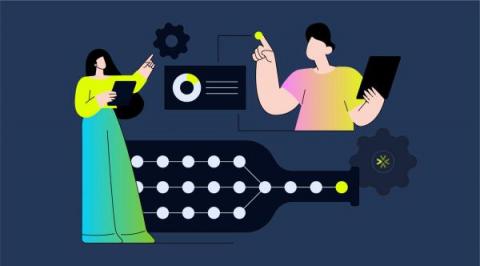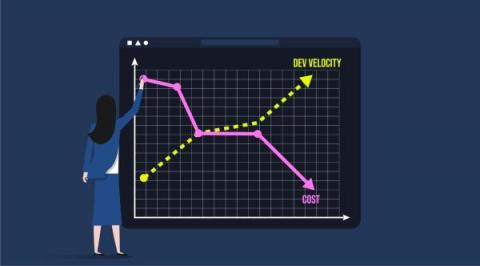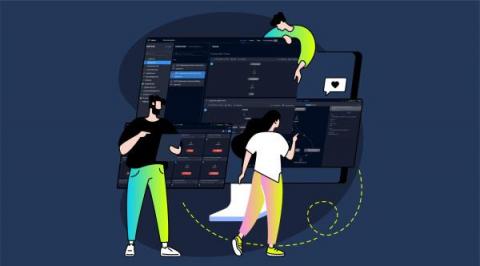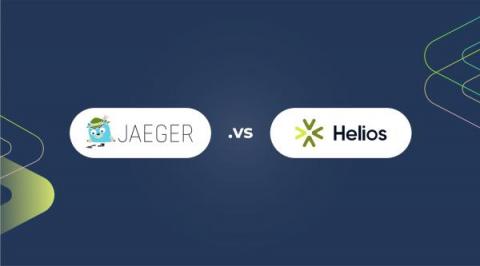Testing Microservices - Trace Based Integration Testing Example
As engineering organizations transitioned from monolith to microservices architectures, they sought to make their development efforts more scalable and manageable. The microservices paradigm promised to increase development speed, reduce MTTR and improve quality while cutting down on maintenance costs. However, in real life, there are inherent quality caveats when it comes to developing microservices.











